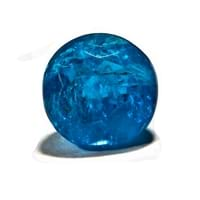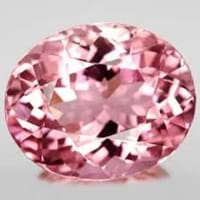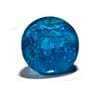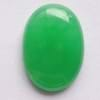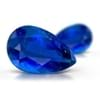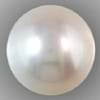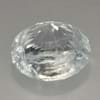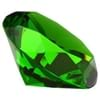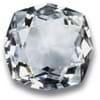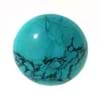Origin
Mexico, USA, Canada, Madagascar, Spain, Russia, Sri Lanka, India, Burma, Color: green, greenish yellow, blue, violet, Hardness: 5, Refractive index: 1.60 1.67, Density: 3.17 3.35, Chemical composition: Phosphate composition, Crystal structure: hexagonal, Lustre: vitreous, Origins: Mexico, USA, Canada, Madagascar, Spain, Russia, Sri Lanka, India, brown, green, Yellow, violet, brown, green, Yellow, violet
Brazil, Madagascar, Zambia, Sri Lanka, Burma, Russia, USA, Afghanistan
Color
Yellow, Green, Blue, Blue, Green, White, Yellow, Green, Red, Blue, Green, Colorless, Yellow, Blue, Violet, pink, Brown
Green, Blue, Yellow, Red, Brown, White, Colorless, Blue, Red, Green, Yellow, pink
For which Rashi?
Gemini
Libra
Planet
Mercury
Venus, Mars
Element of Planets
Earth
Water
Energy
Projective
Projective
Finger
Not Available
Not Available
Ring Metal
Not Available
Not Available
Deities
Jupiter/Neptune
Venus
Not to wear with
Not Available
Not Available
Powers
Healing
Love, Courage
Planetary
Not Available
Not Available
Talisman
Not Available
Not Available
Tenacity
Not Available
Not Available
Solubility
Not Available
Not Available
Durability
Not Available
Not Available
Specific Gravity
3.16-3.23
2.85-3.35
Fracture
Conchoidal, Uneven, Conchoidal, Brittle, ConchoidalArthur Thomas, Gemstones (2009), Conchoidal to uneven
Uneven, Conchoidal, ConchoidalArthur Thomas, Gemstones (2009)
Cleavage
[0001] indistinct, [1010] indistinct
Indistinct
Chemical Composition
Ca 5(PO 4) 3(F,OH,Cl)Walter Schumann , Gemstones of the world (2001) More from other references
Tourmaline is a series of several different minerals with unique chemical formulas. See The chemical formula of Tourmaline for details.
Pleochroism
Blue stones – strong
typically moderate to strong
Transparency
Gemmological Tables (2004) More from other references
Transparent, Translucent, Transparent to opaque
Refractive Index
1.628-1.651
1.614-1.666
Optic Character
Not Available
Not Available
Crystal System
Hexagonal
Trigonal
Birefringence
0.002-0.008
0.014-0.040
Clarity
TransparentUlrich Henn and Claudio C. Milisenda
Transparent
Neurological
Not Available
Not Available
Cardiovascular
Not Available
Not Available
Respiratory
Not Available
Not Available
Reproductive
Not Available
Not Available
Digestive
Not Available
Not Available
Psychology
Not Available
Not Available
Healing
Not Available
Not Available
Qualities Associated
Not Available
Not Available
Apatite Vs Tourmaline Fracture
Fracture is an important parameter when you compare Apatite and Tourmaline Physical Properties. It is necessary to understand the significance of these properties, before you compare Apatite Vs Tourmaline fracture. Whenever a gemstone chip breaks, it leaves a characteristic line along its breakage. Such lines are known as fracture and are used to identify the gemstones in their initial stages of production when they are in the form of rough minerals. Fracture is usually described with the terms “fibrous” and “splintery” to denote a fracture that usually leaves elongated and sharp edges. Fracture observed in Apatite is Conchoidal, Uneven, Conchoidal, Brittle, ConchoidalArthur Thomas, Gemstones (2009) and Conchoidal to uneven. Tourmaline fracture is Uneven, Conchoidal, ConchoidalArthur Thomas and Gemstones (2009).
